Fishing: Finding a New Place to Fish
Thursday, February 13th, 2014This is Passport to Texas
If your favorite lake is short on water, and reaching the fish is nearly impossible, Larry Hodge is here to help.
09— We are trying to encourage people with this fishing forecast to take a look at other fishing locations in their area.
Hodge, with the Texas Freshwater Fisheries Center in Athens, compiled a 2014 freshwater fishing forecast. Find it in Texas Parks and Wildlife magazine’s digital fishing issue this month. In his article, you’ll discover where Texas’ most popular sport fish—largemouth bass – is plentiful and ready to take your bait.
48— There are a number of lakes across the state that are going to offer good largemouth bass fishing this year. Lake Nasworthy in San Angelo is a constant level lake, so it’s a place you can always go to catch fish. Lake Fork is hot right now. It has just produced its third Toyota Sharelunker of the season. Lake Palestine is another east Texas lake that has plenty of water and lots of bass. Sam Rayburn, Toledo Bend, Kurth, Nacogdoches – all those east Texas lakes are in good shape. And one that I’d really like to mention is Lake Naconiche; it’s a new lake near Nacogdoches. It was built specifically for recreation by the county, and has some really good bass fishing coming on.
Tomorrow, we tell you about Texas lakes with fish you’ll want to take home for dinner.
The WSFR Program supports our series…For Texas Parks and Wildlife I’m Cecilia Nasti.
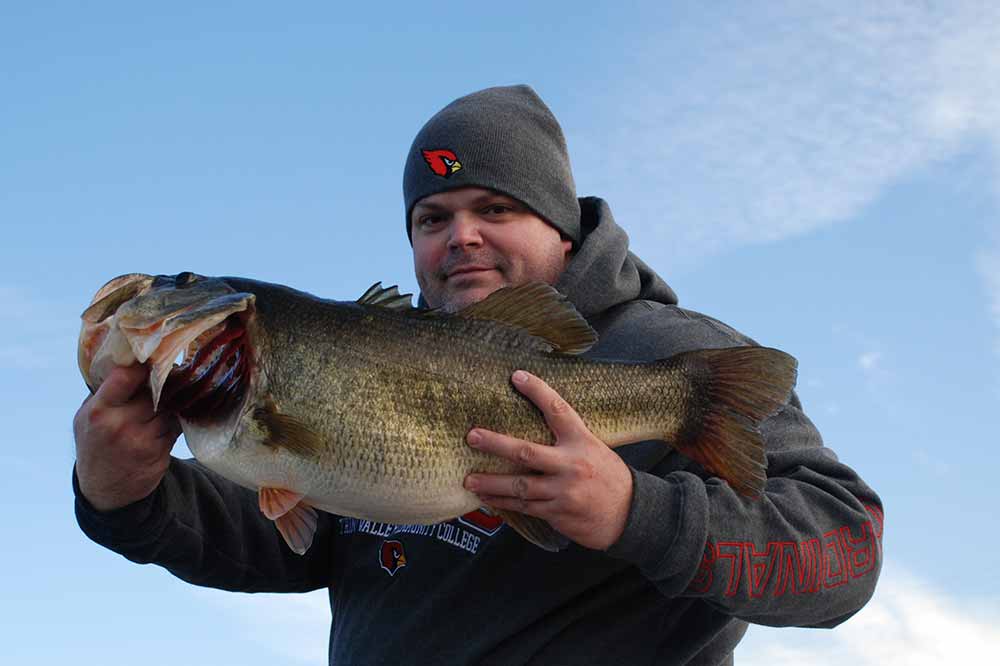

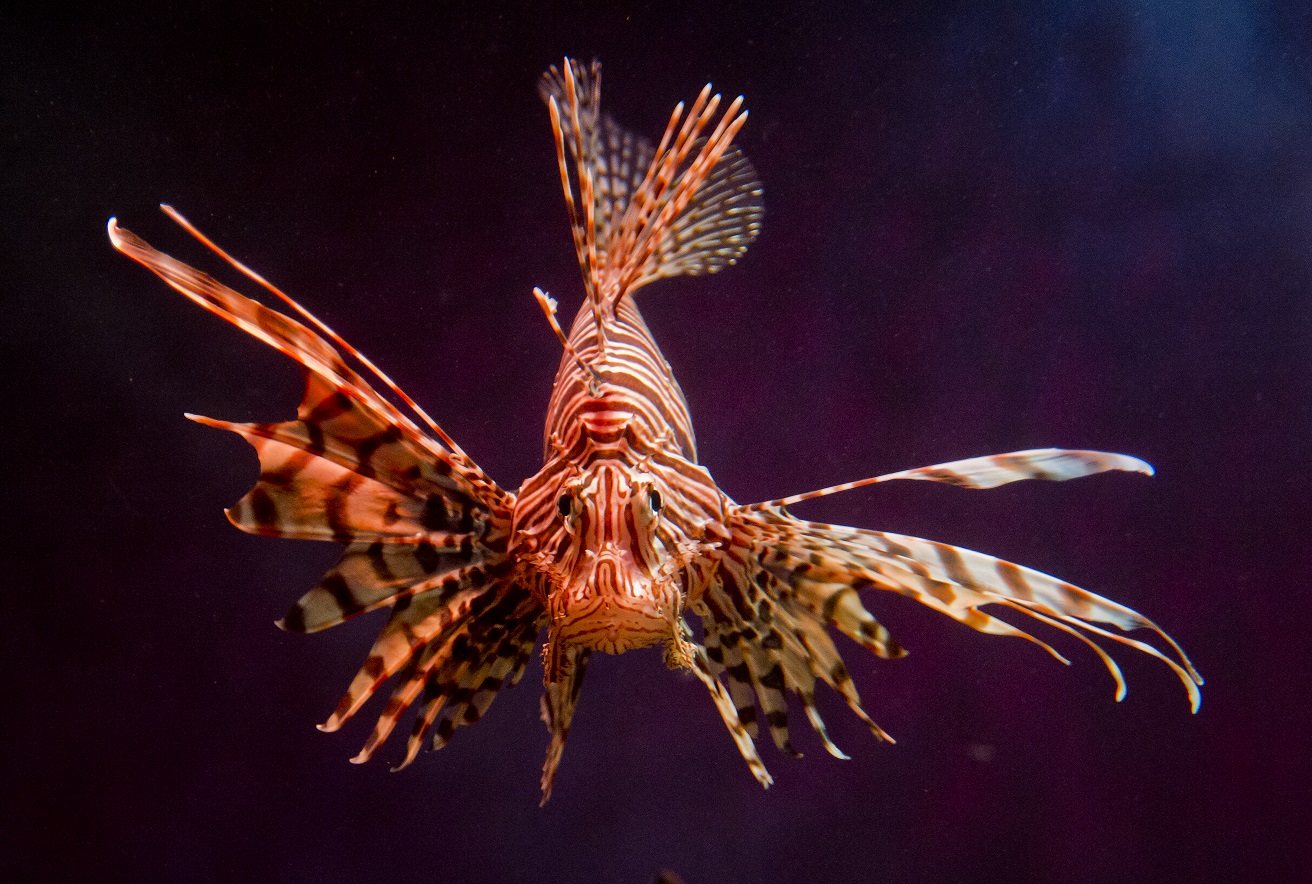
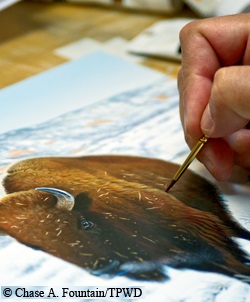
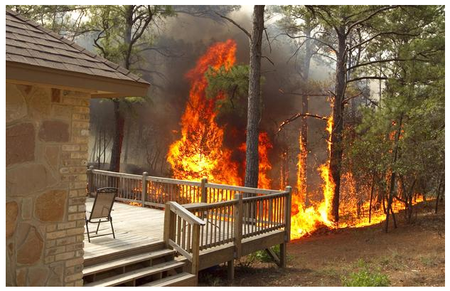
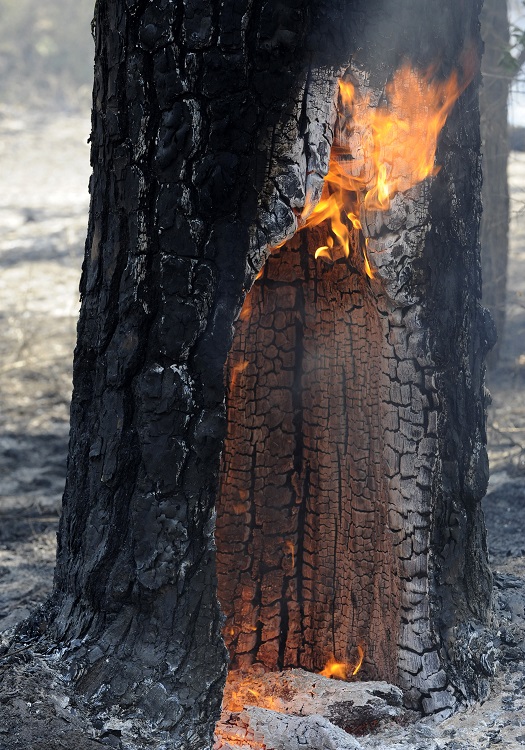

 Passport to Texas is a
Passport to Texas is a  Passport to Texas is made available by:
Passport to Texas is made available by: